We always say that water is wood's worst enemy. When there is too much of it, it creates conditions for the growth of micro-organisms that feed on wood, causing it to rot. And yet there are logs that are submerged in water for a long time and are still in very good condition. Logs like these, taken from the lake or bogs, can be used to make furniture or other objects without any problems. Not really, because sometimes the wood is so hard that it can endanger the integrity of the tools. Find out more about how wood is preserved when submerged in water and how it becomes harder or more pleasing to the touch below.
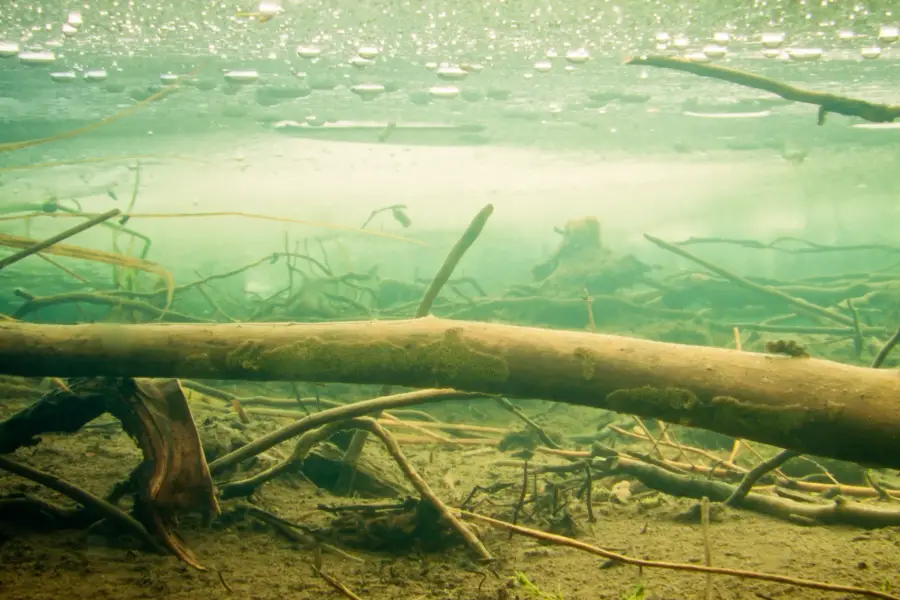
Why doesn't wood rot in water?
Because there is no air. Wood rot is caused by specific fungi that feed on wood components - cellulose, hemicellulose and lignin. Important changes in structure and properties occur. However, a favourable environment is needed for the fungi to develop: water content in wood above 20%, presence of oxygen, temperature in the range 0-40°C. As the wood is submerged in water, oxygen is at a very low level so the organisms responsible for rotting cannot live.
This is why logs that are not immediately cut and dried are sometimes stored in water tanks. Wood is a hygroscopic material with a high absorption capacity. It floats because there is air in the hollows inside, density of wood mass compact being for all species approximately the same - 1500 kg/m³. Gradually the air inside is replaced by water, the density increases and exceeds that of water, and the trunk sinks. Species react differently, with denser species sinking faster.
Durability of wood submerged in water is not the same for all species
Durability in water is also linked to the fact that lignin, which gives wood its stiffness and strength, is very stable in a watery environment. Cellulose swells in the presence of water and over time can become food for various aquatic life. Hemicellulose is the least resistant. It dissolves in water under the action of salts which, under certain conditions, form dilute acids and gradually separate from the cellulose skeleton. Therefore, the higher the lignin content, the longer the wood will last submerged in water.
Below are the most popular native species and their average durability fully immersed in water:
- oak, larch - 500 years
- Scots pine - 400 years
- acacia, elm - 300 years
- walnut - 200 years
- frasin - 90 years
- spruce - 80 years
- fag - 70 years
- brad - 60 years old
- birch - 40 years
- anin, plop - 30 years old
- willow - 15 years
(source: J. Filipovici - Study of Wood)
Harder wood with denser and more consistent grain
Sometimes wood that has been dug out of the water or swamp after hundreds of years is very hard. One explanation for this hardness is the period in which the tree was grown. Hundreds of years ago, growth was much slower and forests were not heavily exploited. Trees were felled when fully mature, when they were very tall and thick. Because of the slow growth the wood was very dense, with close annual rings. On the other hand, salts from the water penetrate the wood and take the place of hemicellulose. If the periods it has been in water are very long (thousands of years) the wood can even reach the hardness of stone (petrified wood). The deposited salts do not spoil the design of the wood, as the processing produces slabs with a wood-like appearance and rock hardness. Petrified wood is used to make jewellery, ashtrays and decorative objects.
There are companies all over the world that deal with the recovery of wood that reached the bottom of lakes, seas and oceans in the 18th and 19th centuries. It was a time when much good timber was shipped from the colonies to Europe. In the US, much construction was done through emigration and timber was sometimes brought by water from the forests of Canada or Alaska. Some rafts or ships sank during transport. Wood that was not brought ashore ended up on the bottom, mired in silt. With modern equipment, the wood is identified, recovered and sold to furniture manufacturers. They say the fibre is denser and more consistent, and the wood is often superior in quality to today's wood.
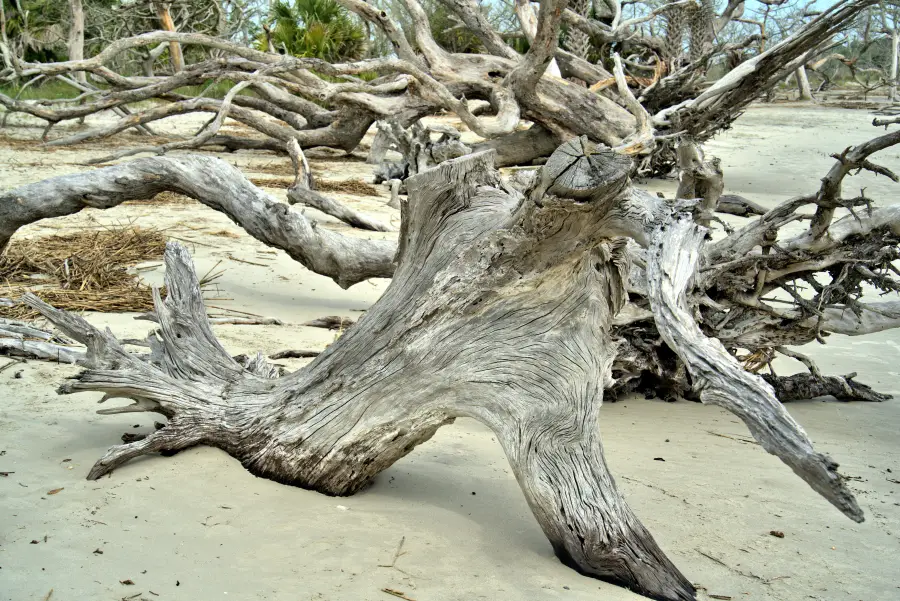
Wood with better resonance than Stradivarius violins
Studying the properties of submerged wood can reveal some special aspects. For example, Joseph Nagyvary, a professor of biochemistry and biophysics at Texas A&M University, is passionate about building resonance instruments, especially violins. He has spent years studying violins built by Stradivarius and Guarneri. When he came into possession of a very small piece of wood from a Stradivarius violin, he saw under a microscope that part of the hemicellulose was missing.
In his quest to understand the phenomenon, he traced history and discovered that at that time, the biggest gateway for wood was Venice. The city built in the lagoon offered very little storage space so the wood was kept in the water. The wood lost not only its hemicellulose but also some of its gums, which gave it a much better resonance and made it perfect for musical instruments.
Wanting to prove his theory, Nagyvary built a violin according to Stradivarius techniques with wood held in a sea salt-like solution. When the violin was ready he organised a concert duel, the other being a Stradivarius from 1725, the heyday of the great violin maker. The concert was attended by 600 people who sat behind a screen that prevented them from seeing the violins. By a narrow margin the vote went Nagyvary's way, with the audience deciding that his violin sounded better. It was the first time a Stradivarius was compared to an instrument built today.
I hope you find the above information useful. As usual, additions are welcome. And if you have any questions or queries, please leave them in the space below. I'm sure I'll reply.


















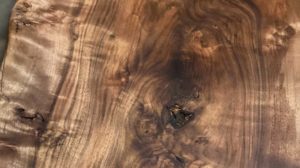


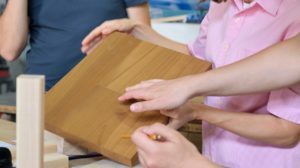
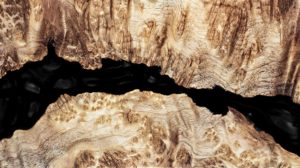
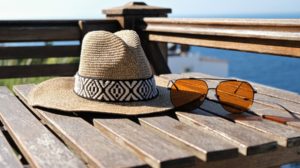


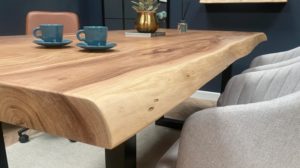

Ask someone why logs from very old constructions resist,.....because they were carried on water by floats and the sap was washed away by water...etc etc...and logs from salty lakes cannot be processed because over time the air between the fibres has been replaced by salts in the water...
Thank you for the additions!
A method of drying hardwoods in running water is also mentioned in the past. Unfortunately very little information was found.
I couldn't find any information. I'll keep looking through old books. I'm guessing it's a pre-treatment method, because you can't dry wood if it sits in water. I'm thinking something similar to what Fane says above. The sap washed out and replaced with river water, which then came out of the wood faster and without much strain. Just an opinion. I'll look for info, it must exist somewhere. 🙂
Thanks for the interesting article. I watched something similar related to the properties of logs in immersion related to Spirit Lake, Mount St. Helens. If you recall the 1980 eruption "raked" (among other things) a huge area of trees, mostly firs, much of which ended up in the nearby lake, nearly covering it. As the area was declared a post-disaster nature study area, the logs in the lake (too many to recover or salvage) were left behind. After a few decades it was found that some had degraded, others had sunk, and here's the interesting part, some of the sunken ones had become upright and some of them had reached the bottom of the lake and, as the ecologists put it, "replanted" (observations made with sonar). Obviously the researchers' considerations were mostly related to the petrified forests that occur in places on Earth and the theories about their formation, nor do I claim to have perfectly understood everything they were saying, as the documentary was not translated. But I hope that if you look into what was said/written about what happened after the eruption, you will find a lot of useful material, especially since there was an American Timberlake company in the area affected by the disaster, which had leased part of the pine forests, and they themselves worked both on harvesting the wood ripped out by the volcanic explosion and on replanting the forest and documenting the effects of the disaster.
Very interesting, thanks for the addition!
I will try to find more information about this phenomenon.